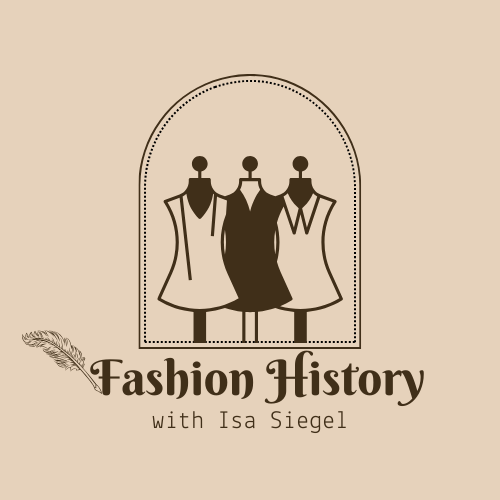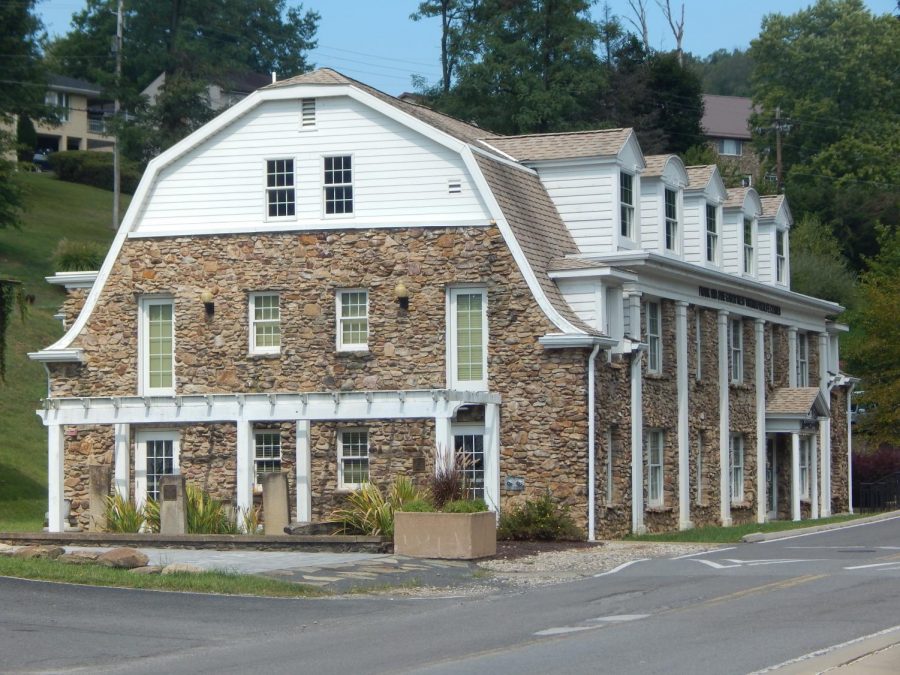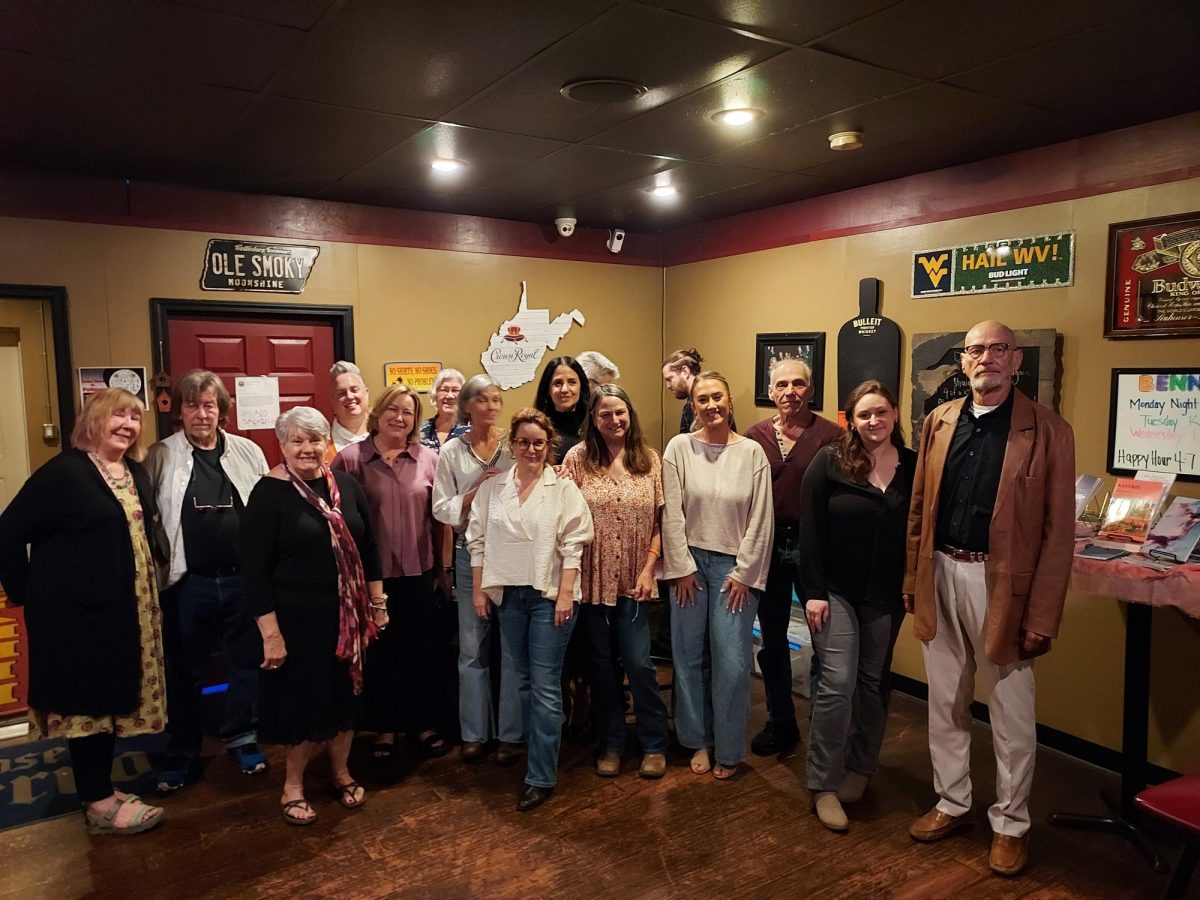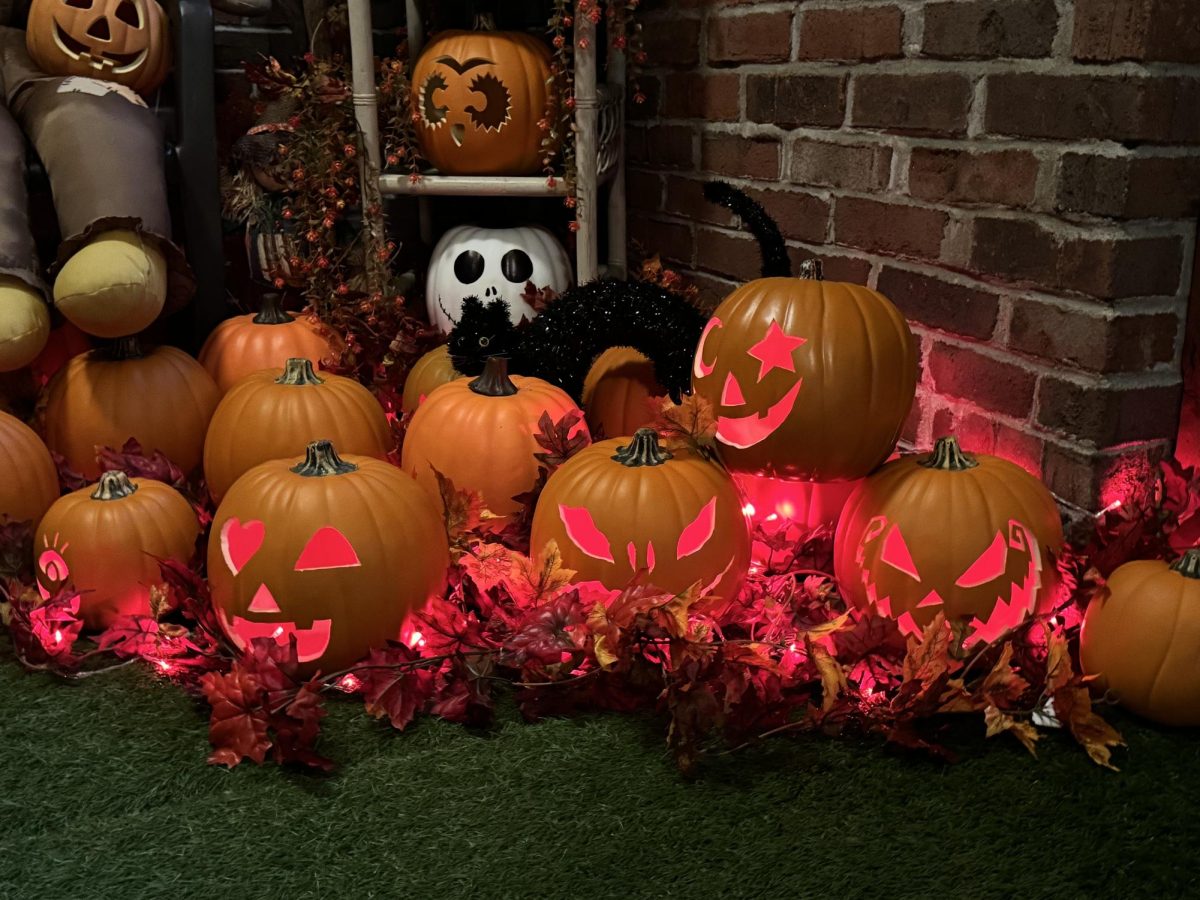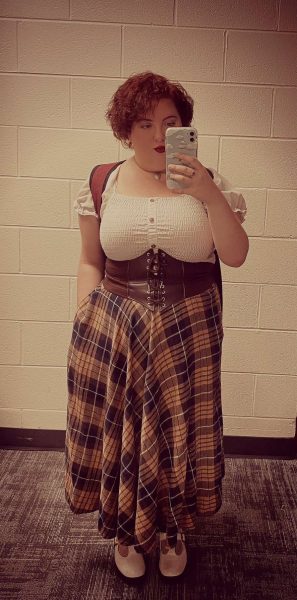With the world still reeling from the effects of “The Great War,” or as we all know it as World War I, society needed a change, and something was about to change the course of history forever. In the early 1920s, automobiles showed up onto the scene, one of the earliest and most famous being the Model T by Ford. Black Americans were the blueprint and inventors of blues and jazz. Despite the appalling racism and Jim Crow laws, which would last a couple of decades, white society and culture also took to blues and jazz. With jazz becoming mainstream for more people, the jazz age was born. Younger people went out to dance with up-and-coming jazz artists and do special dances such as the Charleston. Hollywood moving pictures started getting popular as silent films hit the screen. Actresses such as Tallulah Bankhead and Clara Bow were popular, with many women starting to look up to Hollywood actresses for fashion and beauty inspiration.
In the beginning of the 1920s, hemlines of skirts and dresses started to fall at the calves versus the hemlines falling at the ankles in the previous decades. However, in 1923, the hemlines started to go back to the ankles. Throughout the decade, the hemlines started to fall back to the calves. Waistlines were not like the waistlines we know today, where the waistline is around the actual waistline. Waistlines were around the hips or there was no waistline at all. This was because a popular silhouette was made to make the body appear straight to look boyish or androgynous.
Eyebrows of the 1920s were very thin and filled with kohl pencil or mascara cake. Mascara cakes came in tins and were used by wetting the brush or adding a tiny bit of water to the cake itself. Then with a small lash brush it was used to coat the lashes. This was popular in deep brown or black. Red lipstick started to get popular in 1920, from true red tones to deep red tones. Rouge was often used on the apples of the cheeks to give the face a livelier look.
At the end of the Roaring 20s, the Great Depression hit. The economy crashed, affecting the entire country. Most of society suffered due to this. Despite a lot of people not having an adequate amount of money, they still found ways to still have fun and make life seem not so dim. Many Americans owned radios and regularly listened to music or talk shows. Jazz was still popular in this era, so people would either listen to that on the radio or they would go out to dance clubs. Hollywood movies were popular and now in color with the actors being able to speak in the films in contrast to the silent films of the previous decade. Franklin Delano Roosevelt, FDR, was elected president in 1932 with promises of fixing the economic state of the country.
With many families not having extra money to spare, this means that they had to get creative to not only provide for themselves, but their children as well. Flour is a necessity in many dishes, so many families had leftover flour sacks as scrap fabric. Instead of throwing the flour sacks away, many women got creative and used these to make dresses. The dresses had buttons and small trimmings which could be reused for other clothing. Sometimes the dresses would have collars on them, it depended on how much fabric was available.
Hollywood stars such as Jean Harlow, Joan Crawford, and Katherine Hepburn were style icons of the time. Women looked up to them especially for makeup inspiration. A lot of actresses of the time would appear in ads for makeup. Near the end of the decade, Max Factor put out PanCake foundation which was originally exclusively used on Hollywood actors and actresses. Rouge was less harsh in the 1930s than the previous decade and was also applied to the ears. Lipstick was available in reds, oranges, and even pinks.



